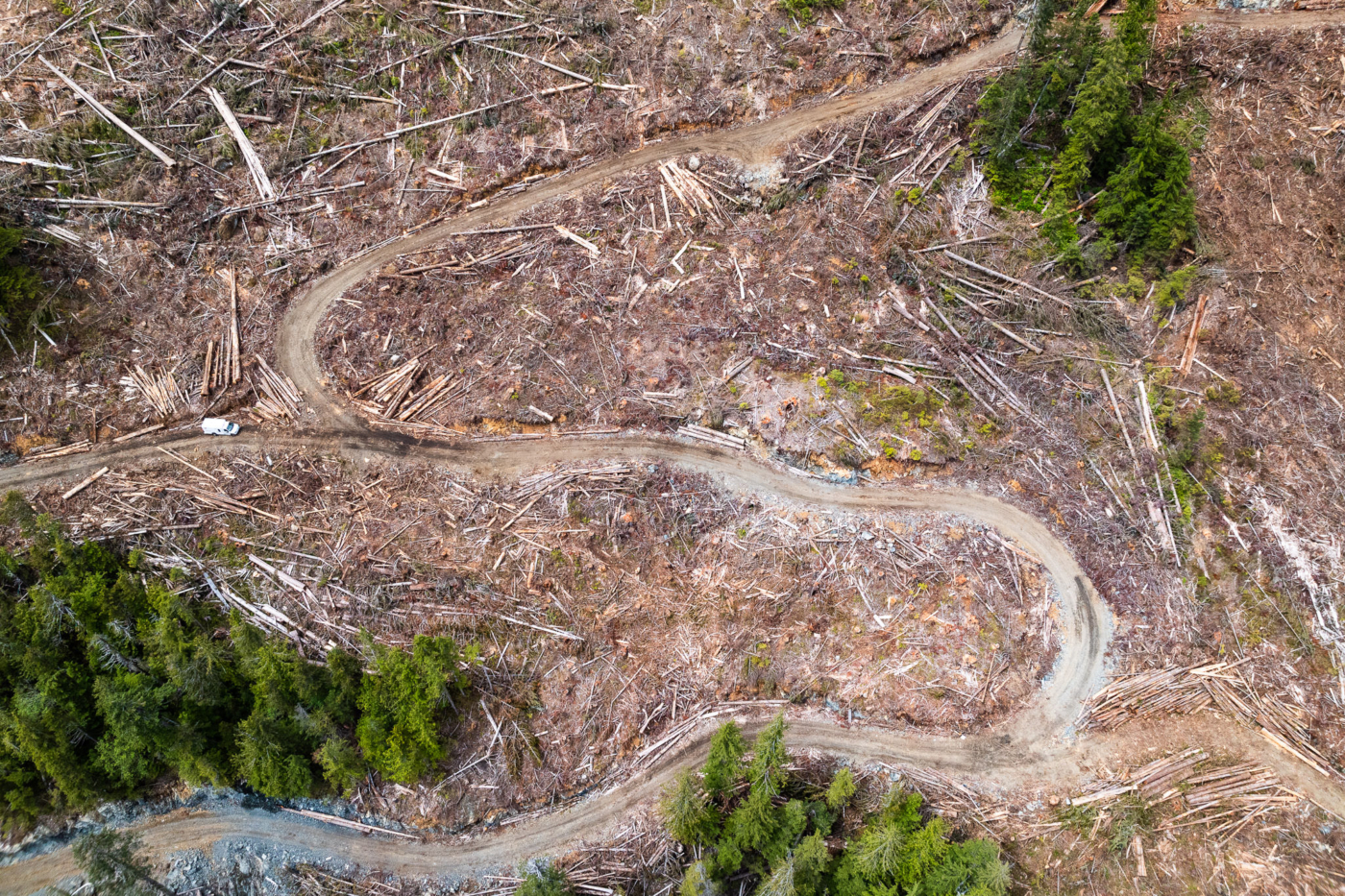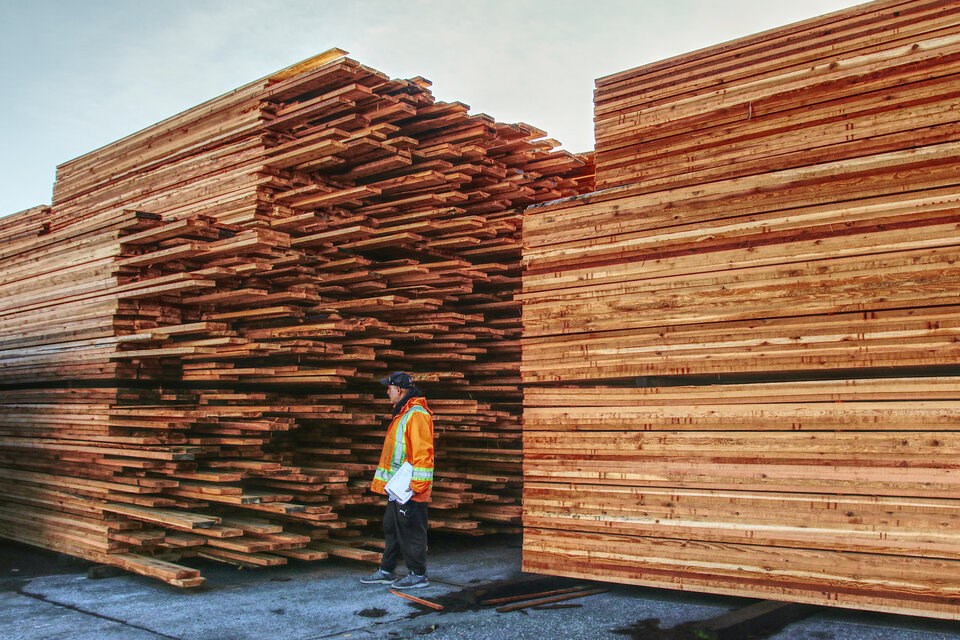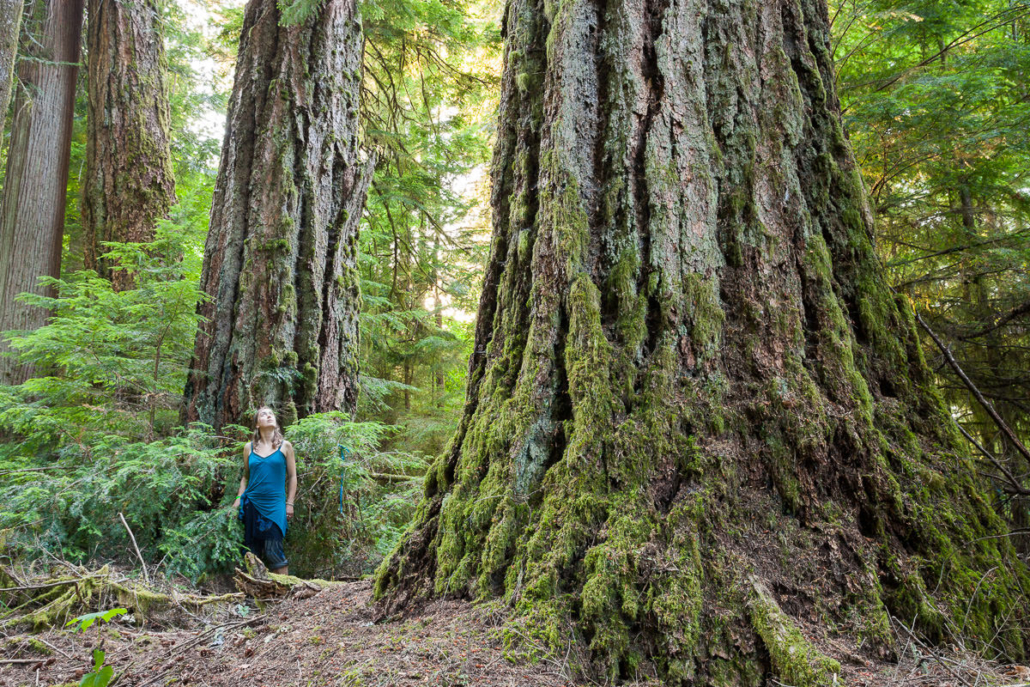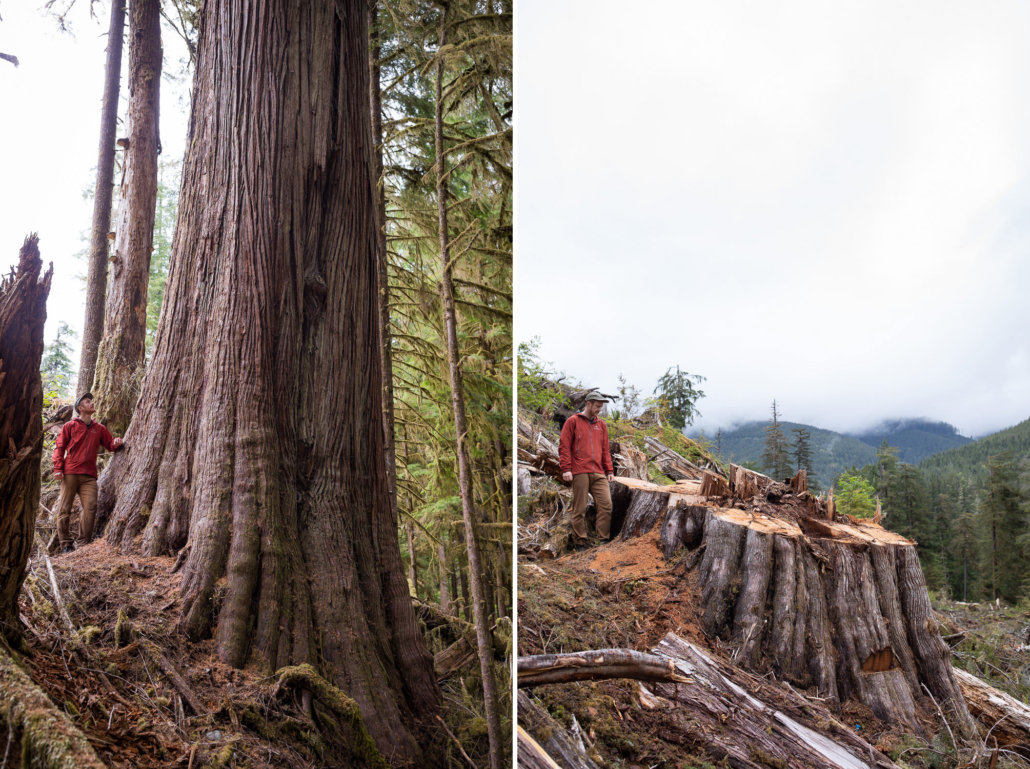 Dec 14 2010
Dec 14 2010Endangered Avatar Grove
Between Port Renfrew and Cowichan Lake, above the banks of Gordon River, a small pocket of old-growth western redcedars (Thuja plicata) and Douglas-firs (Pseudotsuga menziesii) was discovered earlier this year. It represents a rare remnant of valley-bottom primary forest on southern Vancouver Island, where 96% of the original forest has been logged. This place was dubbed Avatar Grove, after this year’s box office blockbuster Avatar, the story line of which is a cautionary tale warning against the unsustainable use of our planet’s resources.
On September 19, 12 people participated in a VNHS day trip to visit the trees of Avatar Grove, which is slated for destruction despite its rarity and potential to become a major tourist attraction as “the Cathedral Grove of southern Vancouver Island.” Our trip itinerary, via the Pacific Marine Circle Route, included several other ancient trees in the area, but the focus was unprotected Avatar Grove.
Unlike the movie, no 3-D glasses were required at the Grove, but the special effects were impressive. Grey skies and intermittent rain enhanced the various rich hues of green in the forest. Except for the occasional soft, high-pitched call of Brown Creepers and Golden-crowned Kinglets, this “green, dark forest was too silent to be real,” to borrow a lyric from Gordon Lightfoot.
We were led by TJ Watt, who co-discovered the Grove earlier this year. TJ is a campaigner for the Ancient Forest Alliance, which was founded by former activists with the Western Canada Wilderness Committee. To maintain its status as a charitable organization, the Western Canada Wilderness Committee is prohibited from partisan political activity, whereas the Ancient Forest Alliance has no charitable status, and can therefore play a direct role in the political realm, including the electoral process.
The Ancient Forest Alliance supports sustainable second-growth forestry. British Columbia’s forestry sector has always been, and continues to be, an important component of the economy, providing well-paying employment for legions of British Columbians and a crucial stream of revenues to support a wide array of public services. However, liquidation of the last remaining stands of unprotected old-growth, and an over-reliance on the export of raw logs to foreign mills, does not constitute sustainable forestry. The Ancient Forest Alliance recognizes that the conservation of primary forest also has significant value, and provides benefits for the ecosystems from which our species is inseparable. Beyond our region, we increasingly understand the importance of temperate rainforest ecosystems to the larger biosphere.
Over the course of this year, as the existence of Avatar Grove became known, a footpath has appeared to the largest trees. A short walk into the lower Avatar Grove reveals several massive Douglas-firs and some gnarly, burl-adorned western redcedars; in fact, the Grove is thought to contain the “gnarliest” cedars in Canada, with some of the largest ones likely being more than 500 years old. (A burl indicates some form of distress to a tree, possibly caused by a fungus.) The upper Avatar Grove features many towering redcedars along its path and eventually leads to the “gnarliest” tree of all: a giant old-growth cedar with a contorted burl measuring 12 feet in diameter.
Throughout Avatar Grove, the top soil is derived mostly from decay of trees that have fallen over the years. Much of the soil clearly consists of disintegrating cedars, and retains the deep rufous that is recognizable as the colour of western redcedars. A hike in this forest is an unforgettable experience of walking across a sponge-like surface. With each step, a hiker’s boot sinks slightly into the soil, which quickly springs up again as the boot lifts for the next step. The biodiversity and complexity of an old-growth ecosystem is far greater than that of second-growth forests. Biodiversity is especially rich in valley-bottom old-growth forests such as this one. Old cedars frequently become hollowed out at the base of their trunks while remaining viable; the resulting cavities provide dens for bears, cougars, wolves and other animals.
On September 17, members of the South Vancouver Island Mycological Society conducted a mycological survey of the area. As reported by Adolf and Oluna Ceska, the group was “surprised by the richness of the mycoflora there.”
SVIMS has documented at least 50 species of fungus. The most significant find was Leptonia approximata, which was not previously known in BC; its distribution is northern California. Additionally, three species of the genus Phaeocollybia were found, along with two species of Ramaria that are considered rare, and the distribution of which are tracked in the United States by the Bureau of Land Management. At publication time, SVIMS intended to return to the area in October to record later-fruiting species. For more information on SVIMS, see the Society’s website at https://www.svims.ca.
From an economic perspective, the Ancient Forest Alliance suggests that the potential ongoing value of Avatar Grove as a tourist destination is superior to the one-time financial hit of turning the biggest trees into a few logs and losing the most accessible stand of monumental old-growth on Vancouver Island. Port Renfrew and the communities of Cowichan Lake would benefit as gateways to the protected Grove.
It’s time to say “enough is enough,” and take a stand. Time is slipping away. Visit the Ancient Forest Alliance website at https://staging.ancientforestalliance.org/ to see what you can do to help.
As with so many VNHS day trips, many thanks are due to Agnes Lynn for organizing the day trip, and Dave Lynn for his safe driving skills behind the wheel of the van. Thanks also to TJ for sharing his enthusiasm for Avatar Grove, and for his efforts to save it.




